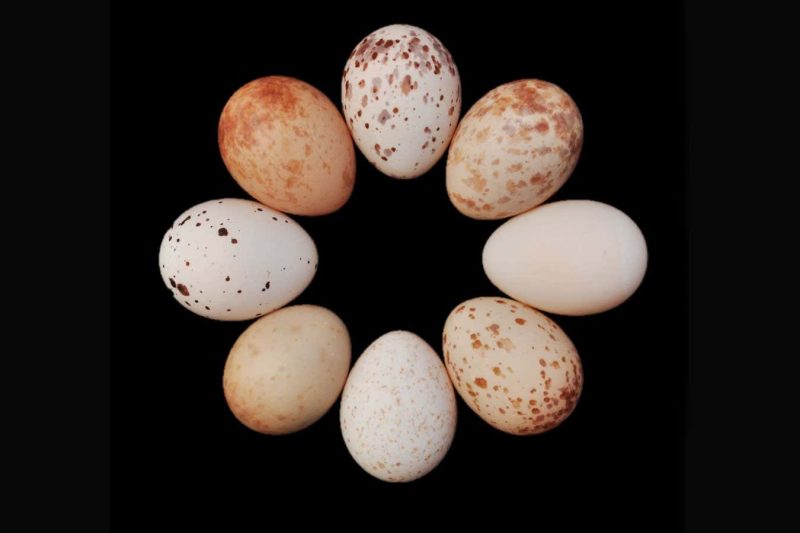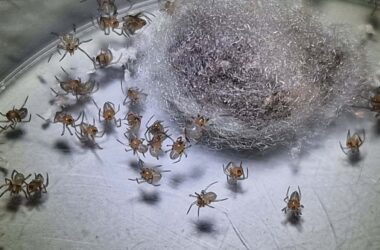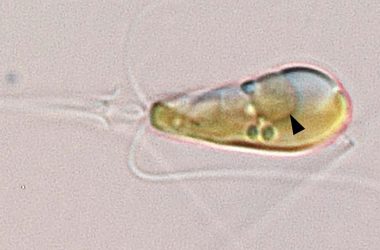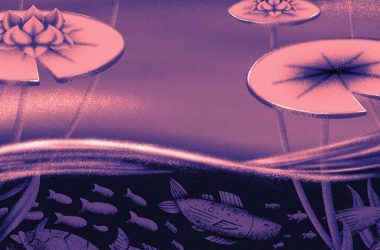Introduction
Drongos have developed a clever strategy to combat cuckoo infiltration by recognizing their own eggs’ distinct patterns and rejecting imposters. This ability allows them to reject up to 94% of cuckoo eggs.
The Cuckoo’s Deception
African cuckoos, specifically Cuculus gularis, lay a single egg in fork-tailed drongos’ nests, displacing one drongo egg to maintain the original clutch count. The cuckoo chick then pushes out any remaining drongo eggs, becoming the sole charge of the unsuspecting drongo parents.
A Study on Egg Patterns
Researchers, led by Jess Lund at the University of Cape Town, collected 192 eggs from fork-tailed drongo nests in southern Zambia, including 26 cuckoo-laid eggs. Using advanced image-analysis systems, they found that the eggs from both species were nearly indistinguishable in terms of color, markings, size, and shape.
Unique Egg Signatures
Despite the similarity in appearance, individual drongo eggs showed significant variations in coloring, ranging from unmarked to speckled, blotched, and erythristic (dark-pigmented and heavily blotched). Each female drongo had a unique set of egg markings, acting as a signature that helps identify intruders.
The Random Selection of Nests
Lund observed that cuckoos do not specifically choose drongo nests with similar egg patterns to their own. The random selection reduces the likelihood of a successful match due to the variability in drongo egg signatures.
An Experiment in Egg Recognition
In an experiment, Lund and her team swapped eggs among drongo nests, intentionally selecting similar-looking eggs to understand the features that trigger drongo rejection. Even under these controlled conditions, female drongos rejected 76 out of 114 intruder eggs, with an adoption rate of only 33%. This highlights the effectiveness of evolution in creating high rejection rates to avoid raising cuckoos.
Recognition of Intruders
The researchers analyzed the characteristics of the rejected and adopted cuckoo eggs in relation to the drongo’s egg signature. They found that drongos consider multiple color and pattern aspects when recognizing intruders.
A Computer Model
Based on their findings, the researchers developed a computer model to predict the rejection rate of foreign eggs in real-world conditions. After 1000 simulations, the model predicted that only 6.3% of African cuckoo eggs would successfully be adopted by drongos.
Reduced Reproduction for Cuckoos
If the predictions hold true, female African cuckoos may only produce two living offspring during their lifetimes.








